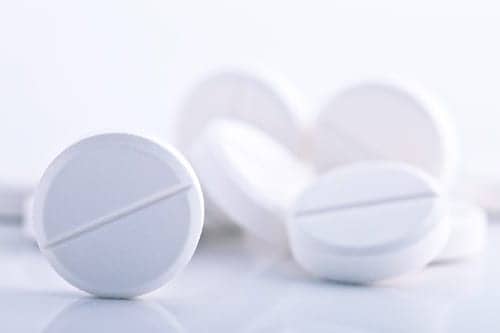Patients who receive an opioid for most of their hospital stay and patients who are still taking an opioid within 12 hours of being discharged from the hospital appear more likely to fill a prescription for opioids within 90 days of leaving the hospital,
according to new research presented at ATS 2018.
According to the University of Pittsburgh School of Medicine scientists who conducted the study, theirs is the first large-scale evaluation of the impact of in-hospital opioid prescribing on post-discharge opioid use.
“Most previous studies of opioid use in health care have focused on the outpatient setting,” said lead study author Jason Kennedy, MS, research project manager in Pitt’s Department of Critical Care Medicine. “But opioids are often introduced during hospitalization. That’s something clinicians can control, so we looked at inpatient prescription of these drugs to
identify targets that may reduce opioid use once patients are out of the hospital.”
The researchers analyzed the medical records of 357,413 non-obstetrical adults hospitalized between 2010 and 2014 at 12 University of Pittsburgh Medical Center (UPMC) hospitals in southwestern Pennsylvania. The region is one of the areas of the country where opioid addiction is a major public health problem. The researchers focused on the 192,240 patients who had not received an opioid in the year prior to their hospitalization – otherwise known as “opioid naïve” patients.
Nearly half (48 percent) of these patients received an opioid while hospitalized. After discharge, those patients receiving hospital opioids were more than twice as likely to report outpatient opioid use within 90-days (8.4 percent vs. 4.1 percent).
The study also found that:
- Those who took an opioid for more than three-quarters of their hospital stay were 32 percent more likely than those who took an opioid for less than one-fourth of their stay to be prescribed an opioid within 90 days of leaving the hospital.
- Those who used an opioid within 12 hours of discharge were twice as likely as those who stopped taking an opioid more than 24 hours before discharge to be prescribed an opioid within 90 days of leaving the hospital.
- 33 percent received an opioid during the 24 hours prior to discharge from the hospital.
- 20 percent of those receiving opioids in the ICU received intravenous opioids on transfer to the medical ward.
- The findings suggest some inpatient interventions that might reduce opioid use in outpatient settings, Mr. Kennedy said.
“Reducing use of opiates near the end of a hospital stay, especially in the 24 hours before discharge, may reduce outpatient prescription of opioids,” he said. “And weaning ICU patients off of intravenous opioids, the most potent way of administering these pain killers, before transitioning them to the medical ward may also help reduce outpatient usage.”
Further study, ideally with randomized, controlled trials, would be necessary to provide definitive guidance to doctors and other health care providers, he added.









